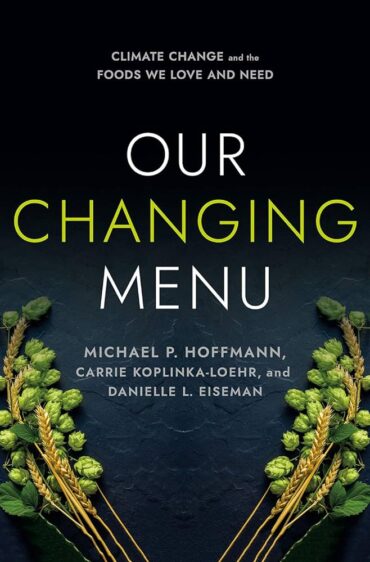-
 Climate ChangeFeature HomepageGreat Lakes News CollaborativeLatest NewsNewsResearch, Data and TechnologyScience, Technology, Research
Climate ChangeFeature HomepageGreat Lakes News CollaborativeLatest NewsNewsResearch, Data and TechnologyScience, Technology, ResearchIntense rainfall means more floods. What can we do?
-Since 1970, U.S. cities have experienced increased hourly rainfall intensity, with the Great Lakes region being among the most affected areas.
1 -
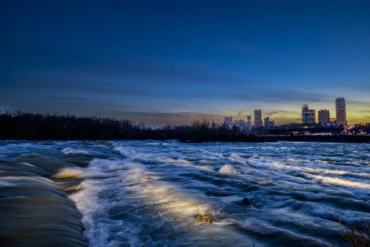 Blue EconomyCharles Stewart Mott Foundation PartnershipCollaborationDrinking WaterFeature HomepageIndustry, Energy, Economic DevelopmentLatest NewsNewsThe Blue EconomyWater Quality and Restoration Efforts
Blue EconomyCharles Stewart Mott Foundation PartnershipCollaborationDrinking WaterFeature HomepageIndustry, Energy, Economic DevelopmentLatest NewsNewsThe Blue EconomyWater Quality and Restoration EffortsWater determines Great Lakes region’s economic future
-Climate change, geopolitics, and business opportunities power a blue economy.
-

Wisconsin sees record start to the fire season as climate change drives more blazes
-“We’ve never had this many fires in January and February ever in the state of Wisconsin.”
-
 Feature HomepageFish, Birds and AnimalsLatest NewsMichiganNewsRecreation and TourismRecreational Hunting and FishingScience, Technology, Research
Feature HomepageFish, Birds and AnimalsLatest NewsMichiganNewsRecreation and TourismRecreational Hunting and FishingScience, Technology, ResearchThe early elk hunt was tough last year. Hot weather is likely to blame.
-The DNR said daily high temperatures during 2024’s early hunt were consistently above 70 degrees, which hampered hunting.
-
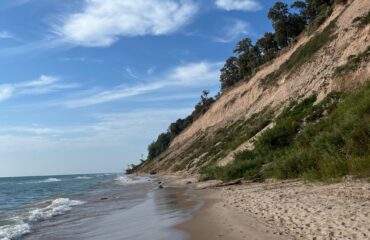
Looking for a US ‘climate haven’ away from heat and disaster risks? Good luck finding one
-As people question how livable the world will be in a warming future, a narrative around climate migration and “climate havens” has emerged.
-
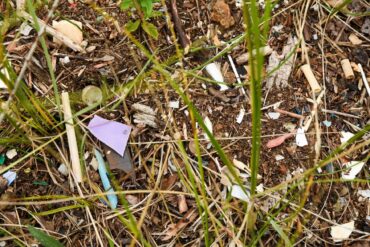
What’s being done about plastic trash getting into the Great Lakes?
-As researchers learn more about the hazards of plastics and microplastics in the Great Lakes, it’s becoming clear Canada and the U.S. need to cooperate in stopping the pollution.
-
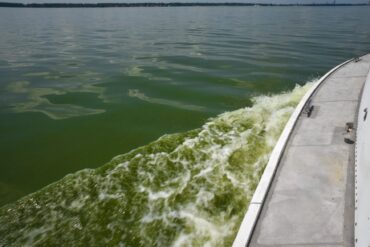 Algae BloomsCharles Stewart Mott Foundation PartnershipClimate ChangeCollaborationLake ErieLatest NewsNewsResearch, Data and TechnologyScience, Technology, ResearchWater Quality and Restoration Efforts
Algae BloomsCharles Stewart Mott Foundation PartnershipClimate ChangeCollaborationLake ErieLatest NewsNewsResearch, Data and TechnologyScience, Technology, ResearchWater Quality and Restoration EffortsToxins from cyanobacterial blooms can be airborne, but the threat to public health is unclear
-Researchers are studying how much of cyanobacterial toxins become airborne. They say breathing in the toxins is much worse than ingesting them.
-
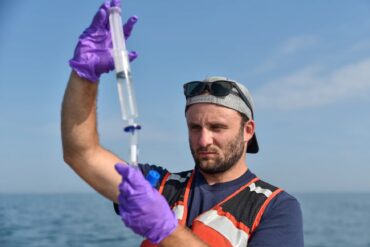 Algae BloomsCharles Stewart Mott Foundation PartnershipCollaborationLake ErieLatest NewsMichiganNewsResearch, Data and TechnologyScience, Technology, ResearchWater Quality and Restoration Efforts
Algae BloomsCharles Stewart Mott Foundation PartnershipCollaborationLake ErieLatest NewsMichiganNewsResearch, Data and TechnologyScience, Technology, ResearchWater Quality and Restoration EffortsScientists are learning just how complicated it will be to reduce toxic blooms in Lake Erie
-Two decades of study reveals a complex combination of factors causing large cyanobacterial blooms and their toxicity. Government incentives to reduce nutrient pollution from farms have not been enough to solve the problem so far.



